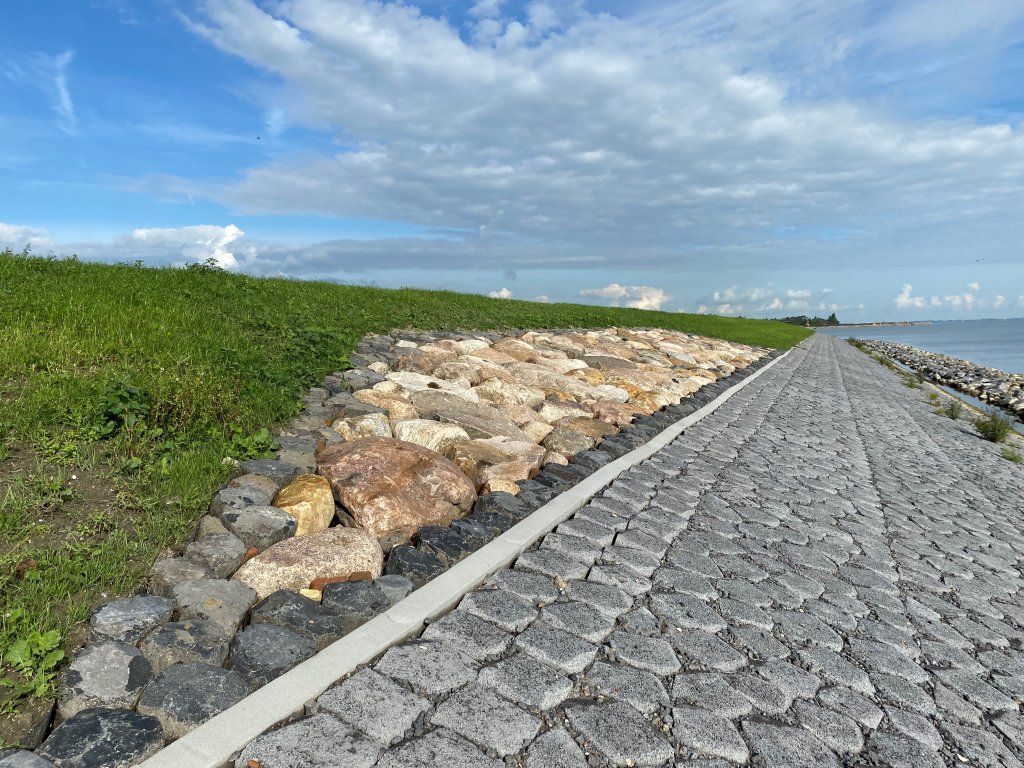The grass snake in Hollands Noorderkwartier
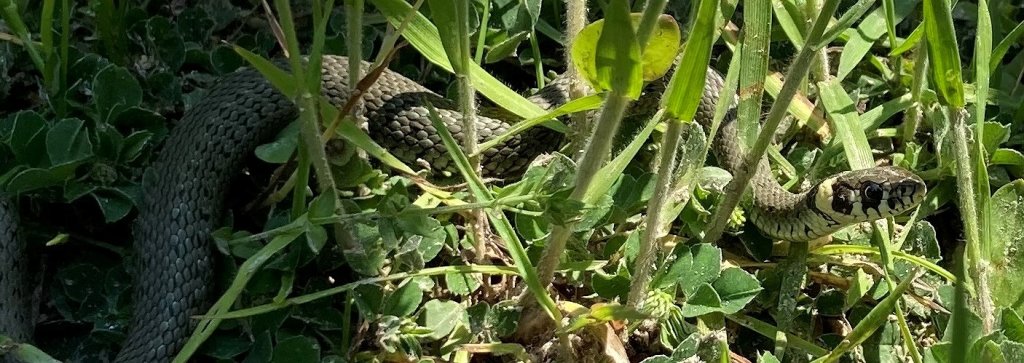
The grass snake lives in several places in our wetland management area. As an eater of mice, fish, amphibians and insects, as well as prey for herons, foxes, polecats and hedgehogs, the grass snake plays an important role in our ecosystem and food chain. The grass snake is shy and non-toxic so certainly harmless to humans.
Vulnerable snake
Nationwide, the Ringsnake is a relatively rare species and is therefore listed on the Red List - Vulnerable. The cold-blooded animal needs heat to become active and likes to warm itself in the sun on the asphalt in the morning. A dangerous habit; many ring snakes meet their end as traffic victims. But its vulnerability is also a result of the fragmentation of its habitat.
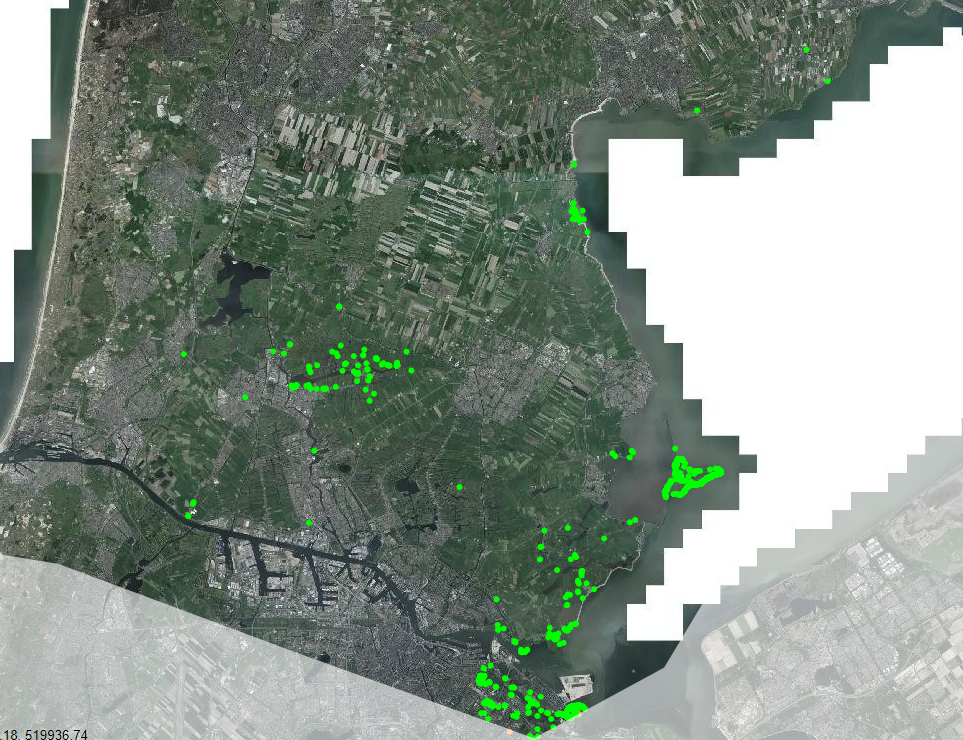
Strengthening populations
As the Map shows, off the Zaanstreek, near Marken and in the vicinity of Etersheim, several populations live that can no longer come into contact with each other. This increases the risk of inbreeding, making the ring snakes more susceptible to diseases and disorders. Through initiatives of Ringsnake Working Groups and Nature Conservationists, efforts are being made to strengthen the populations and bring them together.
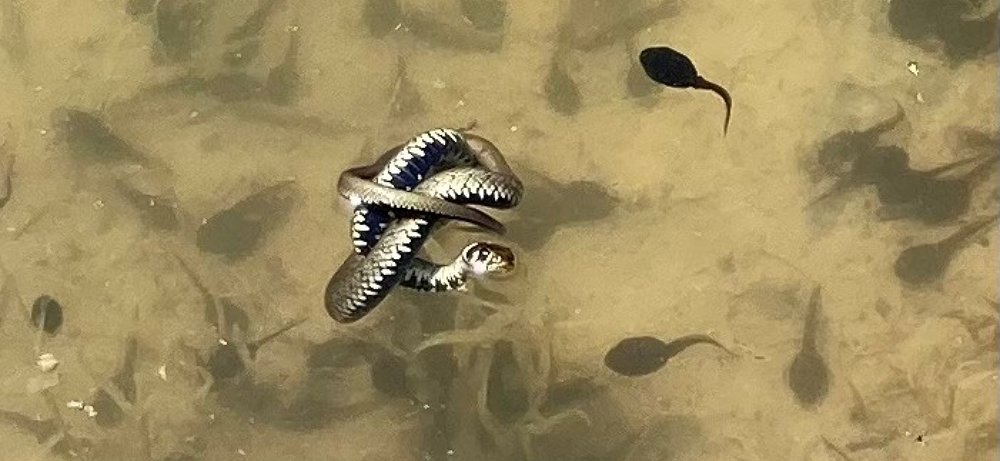
Working together for protection
Because the grass snake lives in wetlands, and dikes make up a significant part of its habitat, HHNK also sees a role for itself in protecting grass snakes. We work together with nature managers to bring the populations together, limit damage to the habitat and habitat groups during dike work as much as possible and contribute to the construction of nesting holes and winter habitats.
Winter quarters on the levee
The Markermeer dikes are being reinforced over a length of dozens of kilometers to protect the hinterland from flooding. The implementation of this project goes hand in hand with strengthening biodiversity. So too in Hoorn. There the choice was made to build winter quarters on the sand that now forms the flood barrier. Together with archaeologists from the municipality of Hoorn, we have created winter quarters for ring snakes and also nesting places for bank swallows on the embankment.
Reuse of archaeological finds
A special feature of this project is the reuse of old support stones from the 16th century. These were once part of the Westerpoort and the fortification of the city on the sea side. On the embankment, they will be given a new purpose as building blocks of winter quarters for the grass snake. The core consists of small stones sifted from the newly applied soil. The ring snakes slip between the cracks and find their way to the safest spot. The outer layer consists of the larger stones including the old stones from the city wall. This creates a frost-free winter habitat for ring snakes.
Also read the article on the origin of the stones in Archaeology in West Friesland.
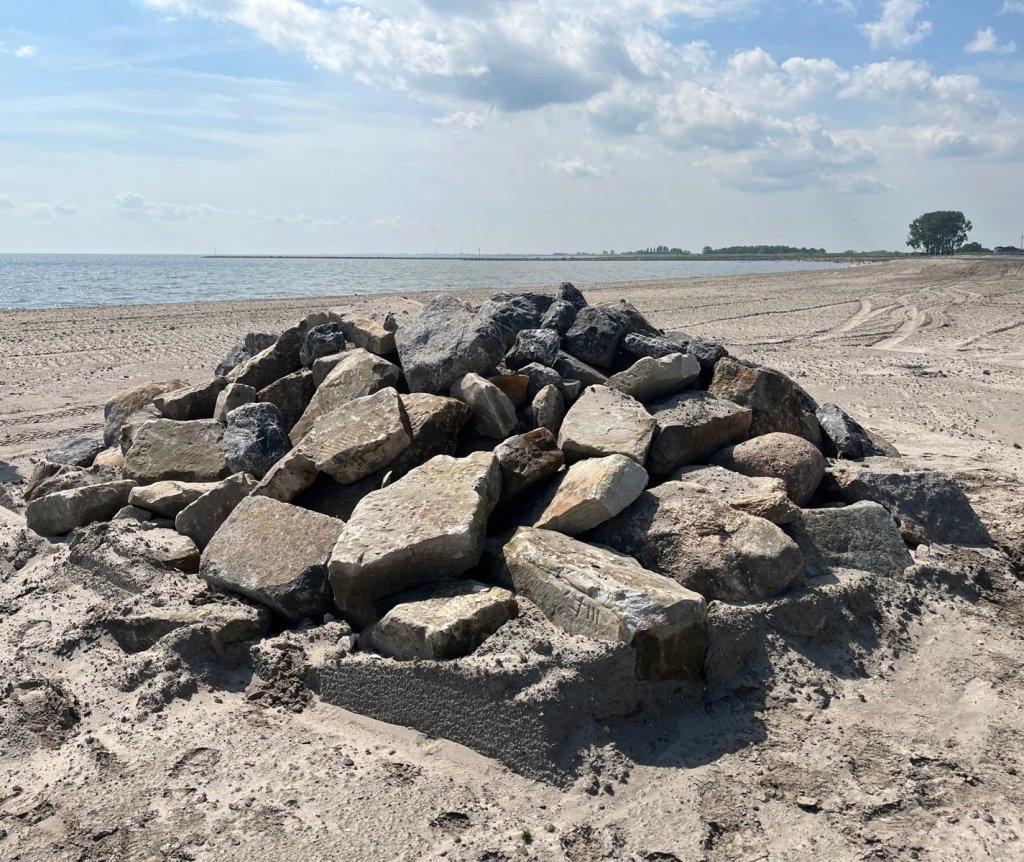
Ringsnake habitats in the dike
In other places, during the reinforcement of the Markermeer dikes, habitats for ring snakes were built into the dike itself, such as in the Uitdammerdike. New hiding places have been built with the stones that had previously formed the winter quarters.
